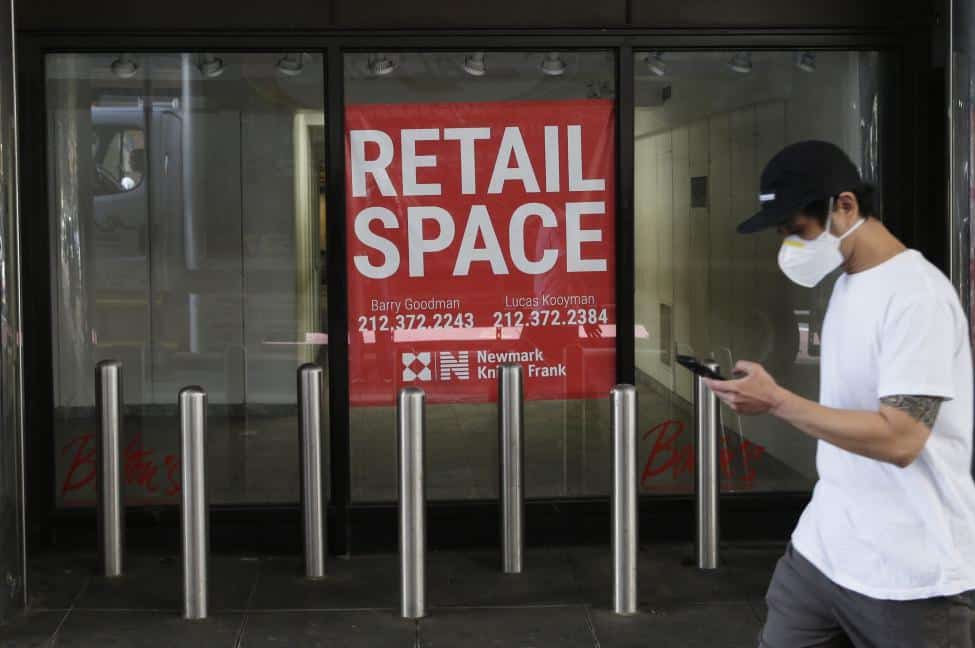The National Bureau of Economic Research said Monday that the COVID-19 crisis has officially launched the U.S. economy into a recession, thus ending the longest economic expansion on record.
The NBER’s business cycle dating committee calls recessions based on broad checks on employment and production activity.
The committee said that it had determined that economic activity had peaked in February, citing sharp drops in employment and personal consumption following that month. The recession declaration ended the 128-month economic expansion that began in June 2009, which eclipsed the 1990s recovery as the longest on record.
When the NBER declares a “peak,” it essentially marks the beginning of a period of “significant decline.”
Since the first cases of Coronavirus took form in the United States, over 42 million Americans have lost their jobs and turned to unemployment benefits. Stay-at-home measures and businesses closures have halted economic activity on an unprecedented scale.
The NBER said official data from the Bureau of Labor Statistics confirmed that the labor market peaked in February. On production, GDP figures have yet to be published for the quarter covering the brunt of the pandemic. But the NBER said monthly readings on real personal consumption measures appeared to confirm that the U.S. consumer – a key driver of the economy – also peaked in February.
A recession is generally perceived to be two consecutive quarters of negative growth in U.S. production, measured as real GDP.
But the NBER has other criteria that can constitute a recession, which is particularly applicable to the COVID-19 crisis given the speed of the economic downturn. The committee looks for a “significant decline in economic activity” across several economic indicators, which covers not just GDP but factors like real income and employment, as well as retail and manufacturing sales.
The NBER declares a “trough” when economic activity appears to hit a bottom, which is also reported on a lag.

